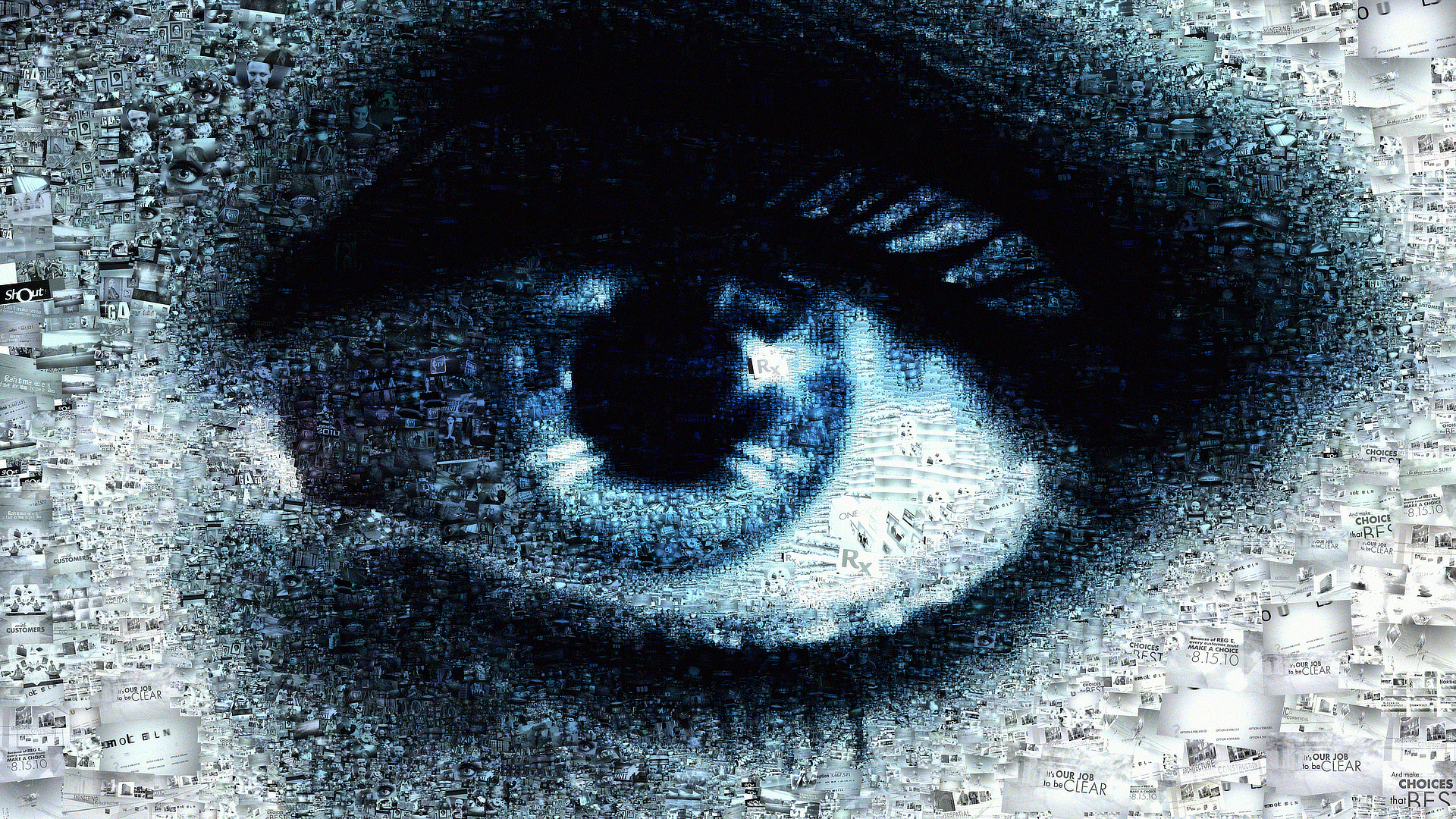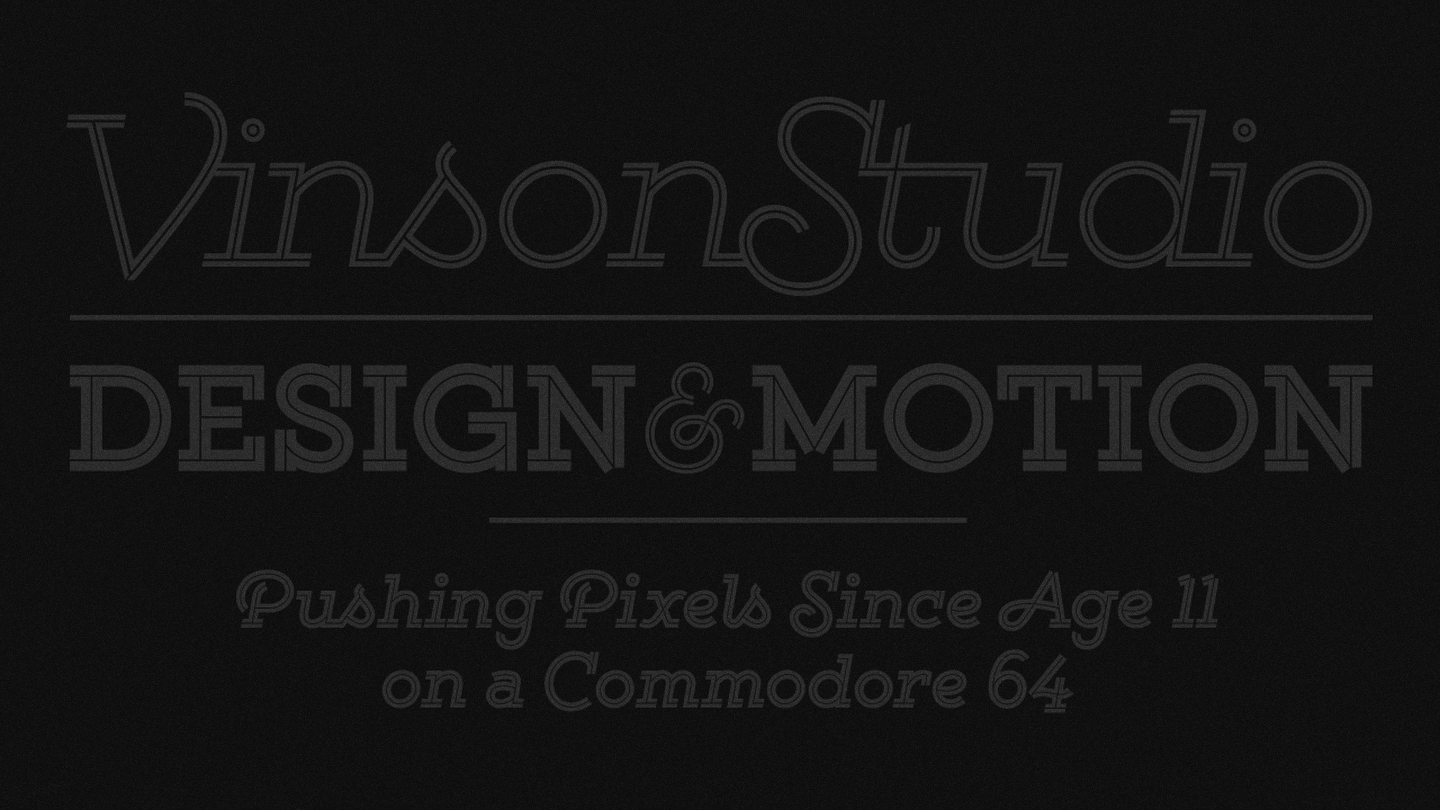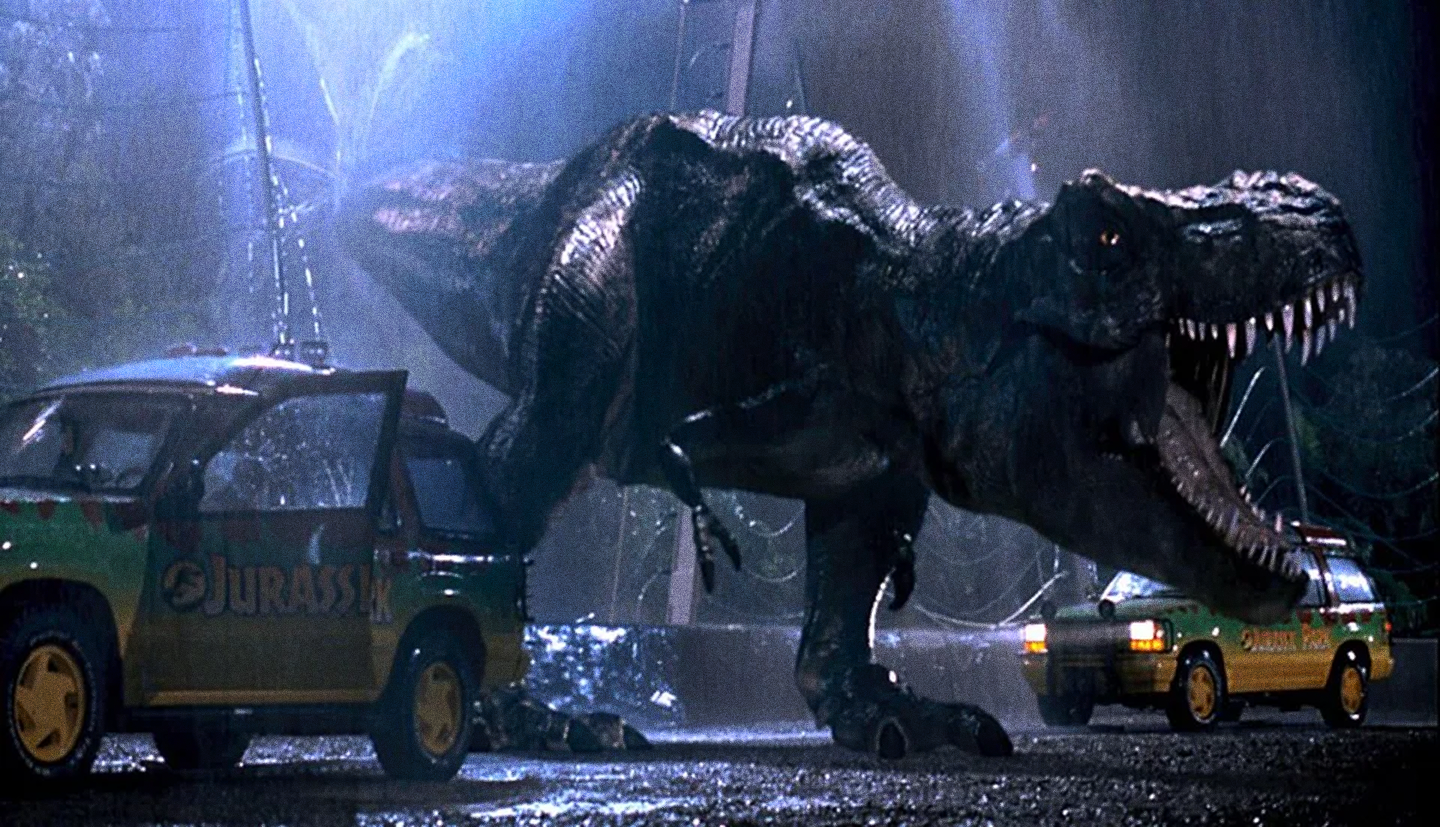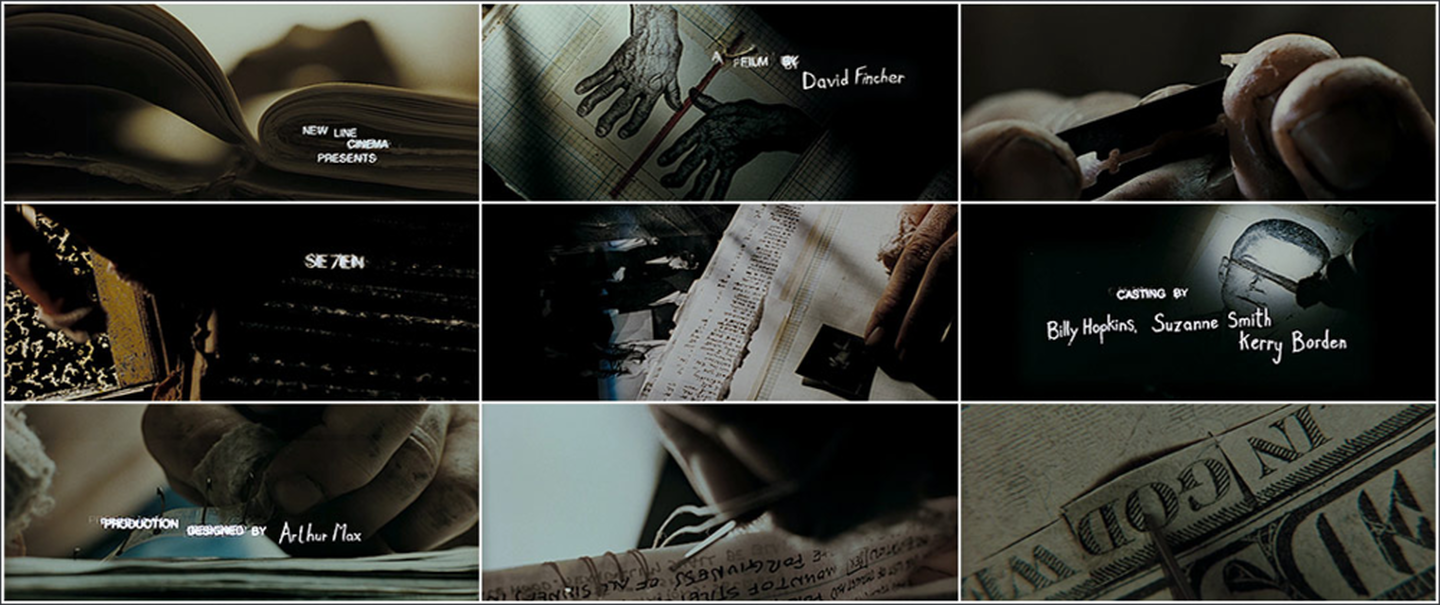Back in the 90s we didn’t have an internet filled with a plethora of training videos to learn about image manipulation in the computer, especially those produced by real experts, let alone free. There were a handful however that rose far above the rest and didn’t break the bank: Total Training’s After Effects VHS series with Brian Maffitt, and Masters of Visual Effects VHS series with Forest Key, John Knoll, Ron Brinkmann, Scott Squires, Stu Maschwitz, Matt Silverman, and Alex Lindsay.
On the one hand there was Brian Maffitt, full of energy and most of his tutorials used impractical materials (giraffes with wheels for their feet), but he always delivered on the concepts and provided excellent training. I learned After Effects overnight watching Brian’s tapes when transitioning from a Discreet Flint. On the other hand were folks like Ron Brinkmann whose monotone voice could put you to sleep if you weren’t fascinated by every last detail of image processing in the Masters of Visual Effects series. But there was nothing mundane about what he was discussing. It kept me on the edge of my seat.

















